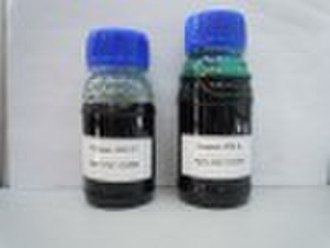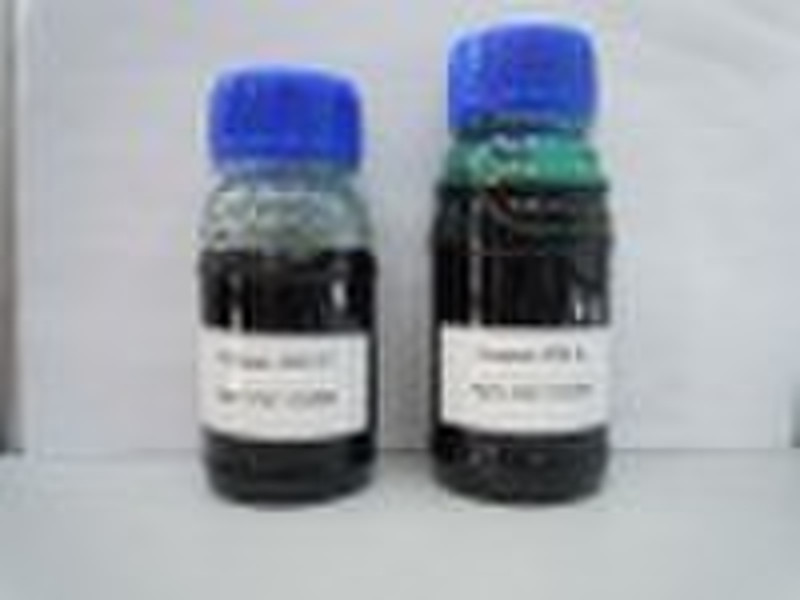Каталог
-
Каталог
- Автомобили и мотоциклы
- Безопасность и защита
- Бизнес
- Бытовая техника
- Бытовая электроника
- Детали машин и услуги по их изготовлению
- Дом и Сад
- Здоровье и медицина
- Игрушки и хобби
- Изделия из металла
- Измерительные и анализирующие приборы и инструменты
- Инструмент
- Красота и личная гигиена
- Мебель
- Мероприятия по охране окружающей среды
- Минералы и металлургия
- Модные аксессуары
- Обувь и аксессуары
- Одежда
- Освещение
- Подарки, сувениры
- Продовольственные товары и напитки
- Промышленное оборудование и техника
- Резина и пластмассы
- Сельское хозяйство
- Специальное оборудование
- Спорт, отдых и досуг
- Сток
- Строительство и недвижимость
- Текстиль и кожа
- Телекоммуникации
- Товары для офиса, учебы. Канцтовары
- Транспорт
- Упаковка и печать
- Химикаты
- Часы, Украшения, Очки
- Чемоданы, сумки
- Электронные компоненты, оборудование, принадлежности
- Электротехническое оборудование и принадлежности
- Энергия
Filters
Search
Паракват 50%, 42% TC; 20% SL

Alan Sun
Контактное лицо
Основные данные
| Классификация | Herbicide |
|---|---|
| CAS никакой. | 4685-14-7 |
| Место происхождения | China (Mainland) |
| Степень чистоты | 50% |
Features: 1) Common name: paraquat2) IUPAC name: 1,1-dimethyl-4,4-bipyridinium 3) Molecule formula: C12H14N2.2Cl4) CAS No.: 4685-14-7Technical specifications: ItemIndex42% TC20% w/v SLMass Fraction of the cation of Paraquat/%30.5min--Mass ratio of Paraquat cation and triazolopyrimidinone(400±50) : 1(400±50) : 1Mass Fraction of 4-4'-Bipyridine/%0.3 max0.3 maxWater-insoluble substances/%0.5 max0.5 maxpH range2.0-6.04.0-7.0Dilution stability--QualifiedLow-temperature Stability--QualifiedThermal Storage Stability--QualifiedUses:Destroy the tissues of the green plants. As contact herbicide before and after crop emergence on plantation and vegetable crops, in orchards, for aquatic weed control, stubble clearing and pasture renovation.For weed control around trees in orchards and plantations, by directed application. Between rows of growing crops, and as cotton defoliant and dessicant on various crops, particularly potato haulm and sugar cane. Application rates usually range from 250 to 1500g/ha. Used for grass and stubble clearing. Appliation rates up to 2200g/ha.Toxicity:Oral: acute LD50 for rats157-129, guinea pigs 30-58 mg/kgSkin and eye: acute percutaneous LD50 for rats 911 mg/kg paraquat ion/kg; irritating to skin and eyes (rabbits); absorption through intact human skin is minimal; exposures can cause irritation and a delay in the healing of cuts and wounds; can cause temporary damage to nails; not a skin sensitizer (guinea pigs)Ihalation: No vapour toxicity; extreme exposure to spray droplets may cause nose bleedingFormulations: 50%, 42%TC; 20%SL
Условия поставки и упаковка
Порт: shanghai/Ningbo
Условия оплаты
Документы за наличный расчёт
Аккредитив
Электронный перевод
-
Способы оплаты
Для оплаты товаров и услуг на нашем портале, Вы всегда получаете счет, в котором Вам необходимо самостоятельно указать свои данные.
Мы принимаем к оплате:









